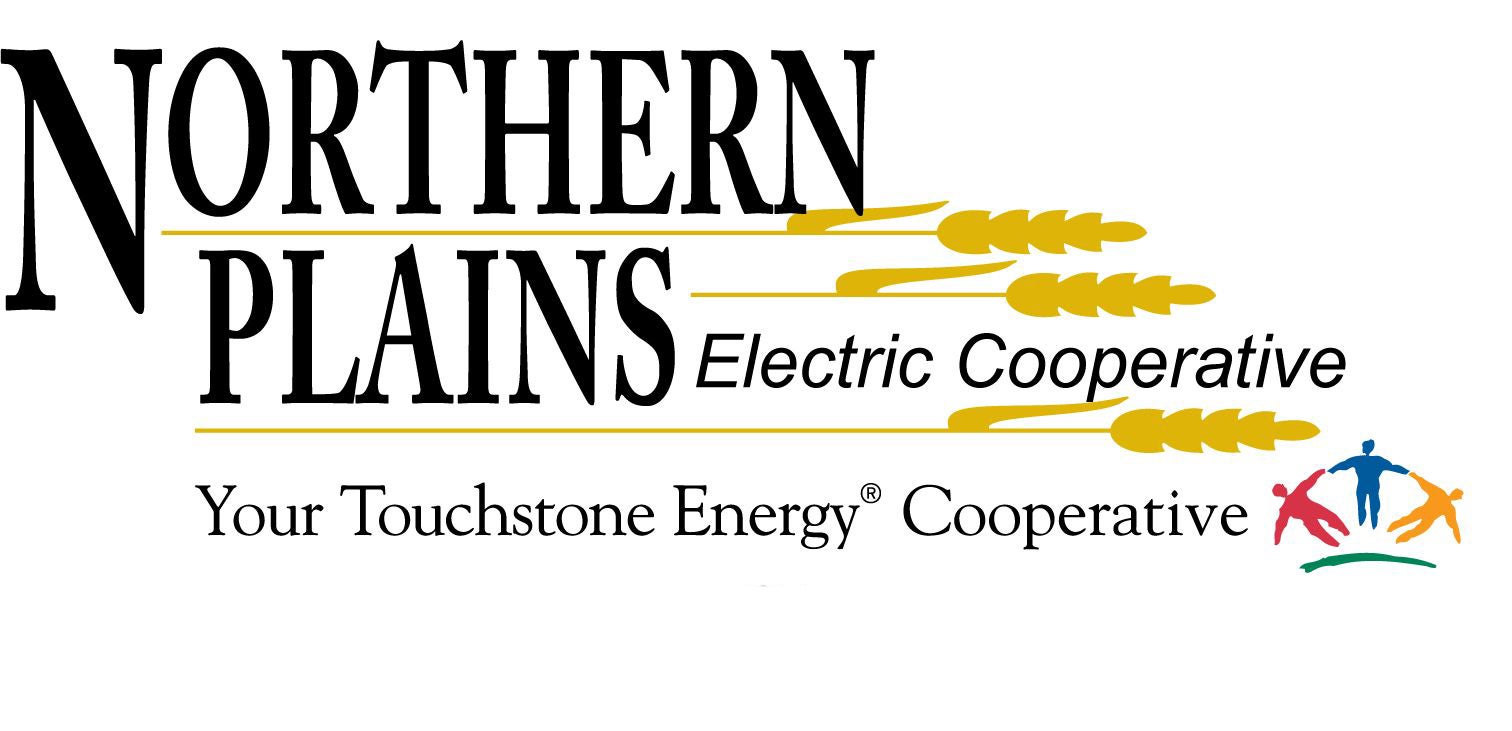Sophisticated building automation systems are widely used to manage building systems and controls. However, neglect and improper operation often lead to inefficiencies and higher energy costs. Retuning is a systematic process of examining building systems and controls, identifying operational issues and making adjustments to save energy.
Building retuning consists of the following basic steps:
- Gather building information
- Data collection and analysis
- Building walkthrough
- Implement retuning
- Report of findings
- Savings analysis
Gather building information
Document data regarding building size and uses, occupancy schedules, types of mechanical systems, the building automation system and other information needed to characterize the building and its systems.
Much of this information may already be known by building operators, but documenting it will help ensure a common understanding and provide information for outside experts. Information not known can be obtained by examining building specifications, as well as building system installation and maintenance records.
Data collection and analysis
Data collection and analysis is critical to the retuning process. It helps reveal commonly occurring operating faults. Trend plots of operational parameters are helpful in identifying issues that require time to detect, such as HVAC operation in unoccupied zones, incorrect schedules and poor economizer operation. Such issues are difficult to spot by observing operations at a single point, or over a short period of time.
Develop a monitoring plan that identifies what's monitored and how — points to be measured, start and end times, measurement intervals and measurement units. Most building automation systems in use today are capable of capturing and recording such data. A spreadsheet-based analytic tool can be used to examine the collected data, illustrate trends and identify operational faults.
Building walkthrough
The walkthrough is a systematic process to assess the overall condition of the building and its systems to identify specific problems that may be causing energy waste. Major building areas and systems that should be inspected include:
- Mechanical systems
- Building envelope
- Roof and associated equipment
- Air handlers
- Building automation system front end
Many of the issues detected in the data trend analysis can serve as a guide for the walkthrough and can be confirmed through observation. All information obtained from the walkthrough should be recorded.
Implement retuning
Actions are taken to correct the operational faults that are wasting energy or reducing building comfort. For example, you can use the building automation system to adjust discharge-air temperature and pressure set points, zone temperature schedules, and boiler and chiller plant controls.
Document all corrective actions taken, as well as any other faults detected during the retuning process. This record can help with future retuning actions and with identifying additional energy-saving opportunities.
Savings analysis
An analysis is critical in determining how well the retuning process has succeeded in the overall objective of saving energy. Evaluate savings at least once a year. The simplest way to analyze savings is to compare building energy in the 12 months prior to retuning with the 12-month period afterwards.
More sophisticated energy modeling methodologies can be used to capture specific variables — such as weather and occupancy schedules — that can impact building energy consumption. Such methodologies calculate the difference between the actual energy used during the time period and the energy that would have been used had the building not been retuned.
Remember that retuning is a continuous process. To ensure long-term savings, periodically collect and analyze data trends to identify additional operational issues and make adjustments. For more information, see Building Returning from the Pacific Northwest National Laboratory.

